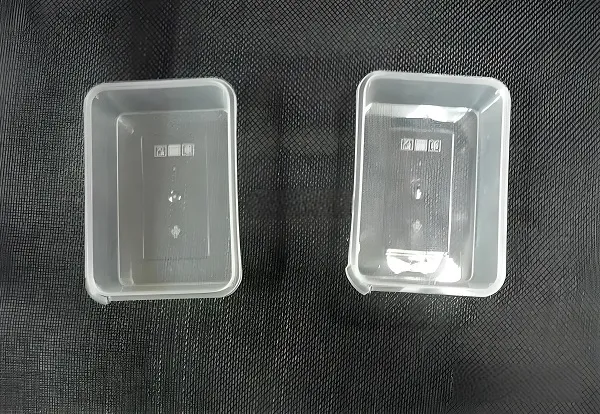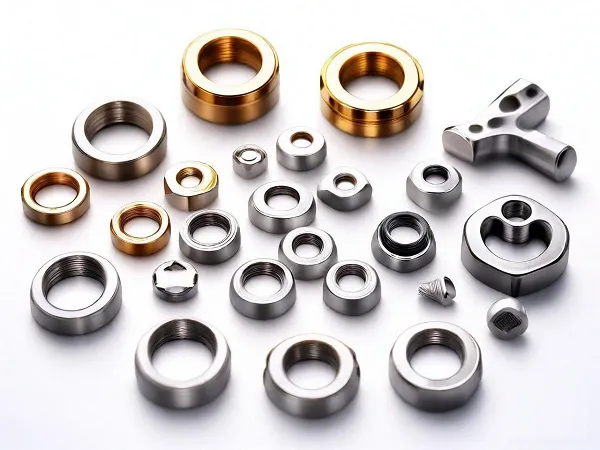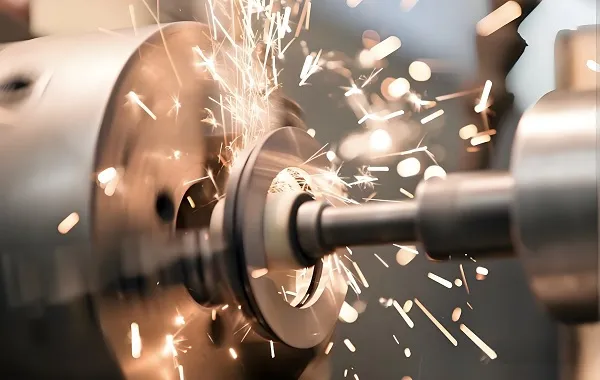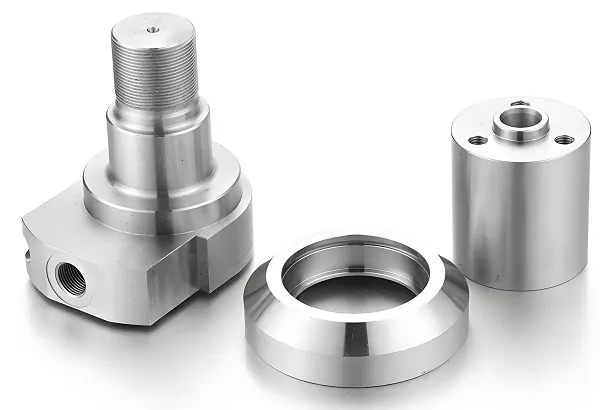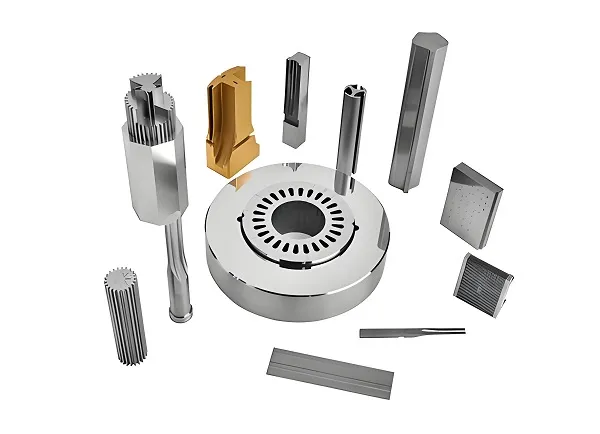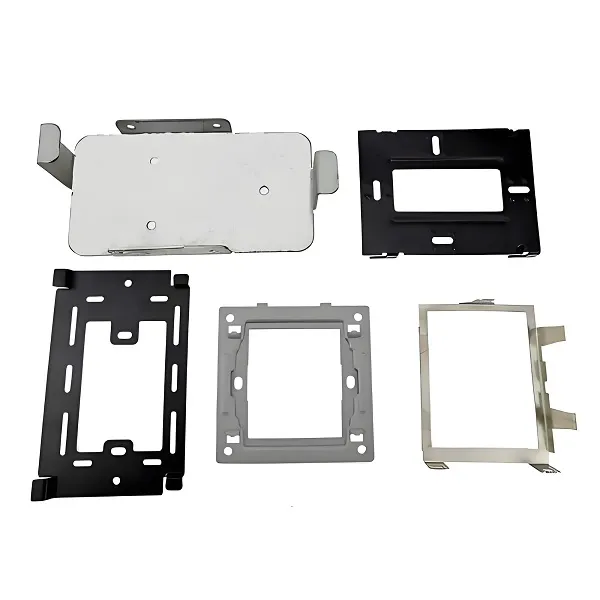Aerospace injection molded parts, as key components in the aerospace field, assume a vital structural and functional role. These injection molded parts need to meet extremely high requirements for precision, strength, heat resistance, corrosion resistance and lightweighting to ensure the safety, reliability and superior performance of the aircraft. Aerospace injection molded parts are widely used in aircraft structural parts, engine components, control systems, avionics systems and so on, which is an important part of modern aerospace technology.
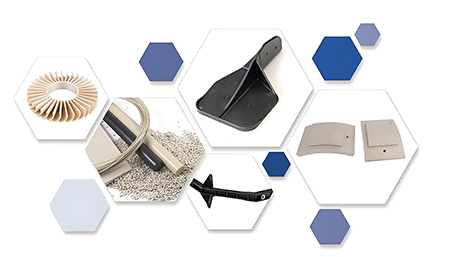
1.Aerospace injection molding parts production process
Material selection and preparation: according to the design requirements, select high-performance polymer materials, such as special nylon, polyether ether ketone (PEEK), polyimide (PI), etc., and carry out strict pretreatment to ensure that the material is pure and free of impurities.
Mold design and manufacturing: Based on the drawings, the injection molds are manufactured using high-precision processing technology to ensure the precision, strength and durability of the molds to meet the strict requirements of aerospace-grade injection molded parts.
Injection molding: The pre-treated material is heated and melted in the precision injection molding machine, then injected into the mold cavity under high pressure, and then cooled and cured to form the injection molded part.
Post-processing and Inspection: The injection molded parts are subjected to deburring, trimming, heat treatment, surface treatment and other processes, as well as strict dimensional, performance and reliability inspections to ensure that each product meets aerospace standards.
Packaging and Delivery: professionally pack the qualified injection molded parts, provide necessary technical documents and certificates to ensure the safety of the products during transportation and storage, and deliver them to customers on time.
2.Aerospace injection molded parts customization
Demand analysis and design: Communicate with customers in depth to understand the specific application scenarios, performance requirements, dimensions and specifications of the injection molded parts, and carry out customized design to ensure that the individual needs of customers are met.
Material selection and formula optimization: According to the design requirements, select the most suitable material and possibly optimize the material formula to improve the key performance of the injection molded parts such as heat resistance, corrosion resistance, strength, etc.
Mold customization and development: according to the design drawings, customize high-precision molds to ensure the dimensional accuracy and shape requirements of the injection molded parts, while considering the durability and production efficiency of the molds.
Sample making and testing: Make samples and conduct comprehensive performance tests, including mechanical tests, thermal tests, environmental adaptability tests, etc., to ensure that the injection molded parts meet the design requirements.
Mass production and quality control: After confirming that the samples are error-free, mass production will be carried out, and strict quality control measures will be implemented to ensure that each product meets aerospace standards.
3.Introduction of aerospace injection molded parts materials
Materials: special nylon, polyether ether ketone (PEEK), polyimide (PI), polyphenylene sulfide (PPS), carbon fiber reinforced polymers and so on.
Characteristics:
High strength: These materials have excellent mechanical properties and can withstand high loads and extreme environmental stresses.
High heat resistance: able to maintain stable physical and chemical properties in high temperature environments, not easy to deform or fail.
Corrosion resistance: good corrosion resistance to a variety of chemicals, able to work in harsh environments for a long time.
Lightweight: Compared to metal materials, these polymer materials have lower density, which helps to reduce the weight of the aircraft and improve fuel efficiency.
Good processability: easy to injection molding, can be made into complex shapes and structures, improve product design freedom.
4. Characteristics of aerospace injection molded parts made of different materials
Products:
Special nylon injection molded parts: used for aircraft interiors, engine parts, etc., with high strength, wear-resistant, oil-resistant and other characteristics.
Data: tensile strength ≥ 80MPa, heat distortion temperature ≥ 150°C.
PEEK injection molded parts: used for critical parts in high temperature environments, such as engine seals, sensors, etc., with extremely high heat resistance and chemical stability.
Data: continuous use temperature up to 260°C, resistant to a variety of strong acid and alkali corrosion.
PI injection molded parts: used in electronic components, control systems, etc., with excellent electrical insulation, high temperature resistance and radiation resistance.
Data: volume resistivity ≥106Gy.
PPS injection molded parts: used for aircraft external structural parts, engine shell, etc., with high strength, flame resistance, weather resistance and other characteristics.
Data: ultimate oxygen index ≥ 28%, long-term use temperature up to 220°C.
Carbon fiber reinforced polymer injection molded parts: used for parts requiring extremely high strength and light weight, such as wings, tails, etc., featuring high strength, high modulus and low density.
Data: Tensile strength ≥1000MPa, density ≤1.6g/cm³.
Customized Aerospace Injection Molded Parts FAQ
Q1: How long is the production cycle for aerospace injection molded parts?
A1: The production cycle depends on the complexity of the injection molded part, the development time of the mold and the production lot. Generally speaking, it takes from several weeks to several months from design to sample production, and the mass production needs to be determined according to the order quantity.
Q2: What are the material requirements for aerospace injection molded parts?
A2: Aerospace injection molded parts require materials with characteristics such as high strength, high heat resistance, corrosion resistance, light weight, etc., as well as meeting the stringent testing requirements of aerospace standards.
Q3:How to ensure the quality of aerospace injection molded parts?
A3: We use high-precision molds, advanced injection molding technology and strict quality control measures to ensure that every injection molded part meets aerospace standards. Meanwhile, we provide comprehensive performance testing and reliability verification to ensure the stability and reliability of injection molded parts in extreme environments.
Q4: Can aerospace injection molded parts be customized?
A4: Yes, we can customize the design and production according to customers’ specific needs, including material selection, size specifications, shape requirements, etc. to meet customers’ individual needs.
Q5:In which fields are aerospace injection molded parts applied?
A5:Aerospace injection molded parts are widely used in aircraft structural parts, engine parts, control systems, avionics systems and so on, which are an important part of modern aerospace technology. At the same time, they are also suitable for other fields that require high-performance polymer materials, such as automotive, medical, electronics and so on.
Through the above introduction, we hope to help you better understand the information about customized aerospace injection molded parts. If you have any questions or needs, please feel free to contact us.

